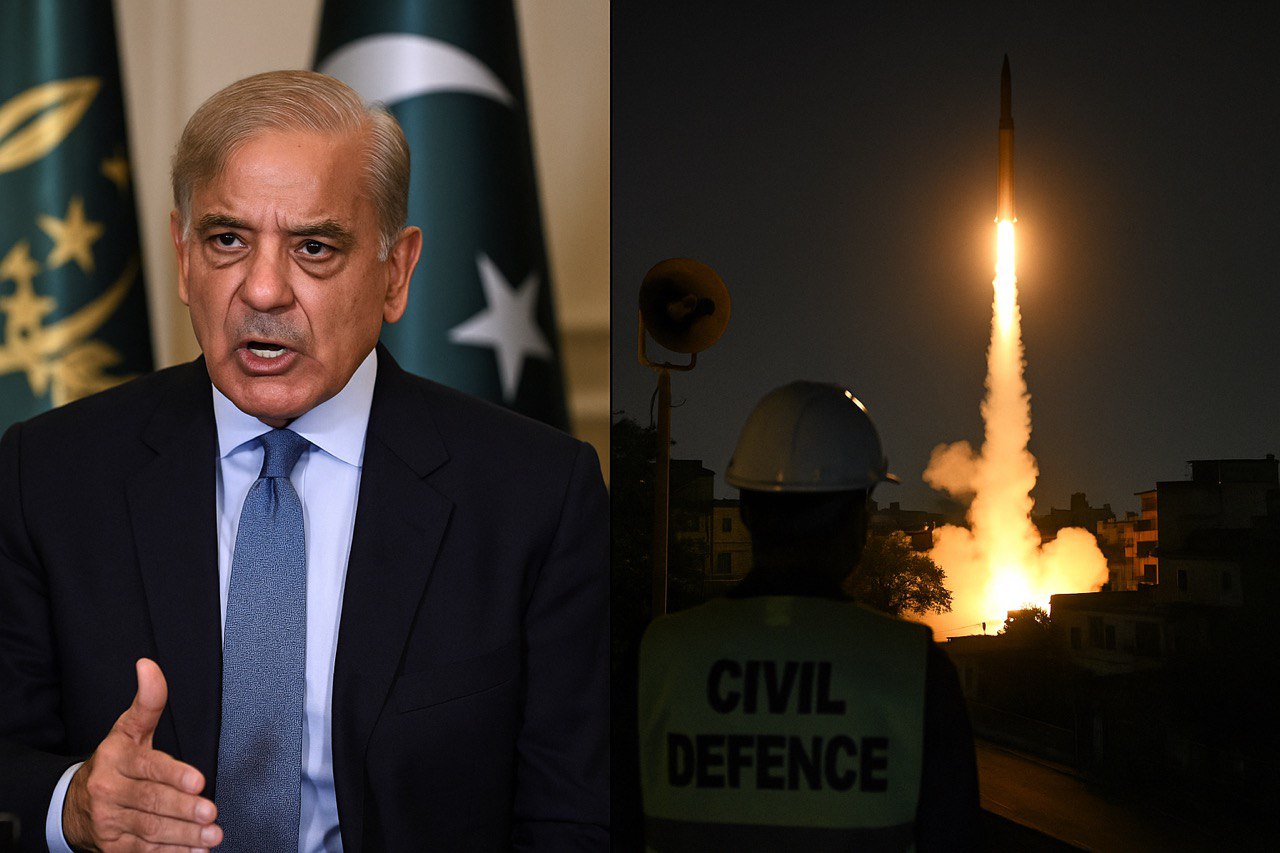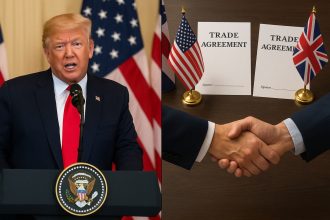The conflict between India and Pakistan, particularly over Kashmir, has deep historical roots dating back to their independence from British rule in 1947. Over the decades, this dispute has led to multiple wars, countless skirmishes, and an enduring cycle of mistrust. The latest escalation began on April 23, 2025, when militants attacked a group of Hindu tourists in Pahalgam, Indian-administered Kashmir, killing 26 people. India swiftly blamed Pakistan for supporting the militants, a charge Pakistan has denied, setting the stage for the dramatic events of May 7, 2025.
Recent Events: Operation Sindoor and Its Aftermath
On the morning of May 7, 2025, India launched “Operation Sindoor,” a series of missile strikes targeting what it described as “terrorist infrastructure” across nine sites in Pakistan and Pakistan-administered Kashmir. According to the Indian Defense Ministry, the operation was “focused, measured, and non-escalatory,” with no Pakistani military facilities targeted. India claimed to have struck camps belonging to groups like Lashkar-e-Taiba and Jaish-e-Muhammad, organizations long accused of orchestrating attacks in Kashmir.
However, Pakistan presented a starkly different narrative. Pakistani officials reported that the strikes hit civilian areas, including mosques, resulting in the deaths of at least 26 civilians, including children, and injuring more than 46 people. One strike in Bahawalpur, Punjab, killed 13 people, including two young girls. Pakistan condemned the attack as an “act of war” and vowed to retaliate, with Prime Minister Shehbaz Sharif stating in a televised address, “India must face consequences for this cowardly attack.” He emphasized Pakistan’s right to defend its sovereignty and protect its people.
Pakistan’s response was swift, claiming to have shot down five Indian Air Force jets and a drone, though India has not confirmed these losses. The Pakistani military also reported retaliatory actions from both air and ground, escalating fears of a broader confrontation.
Civil Defense Measures and Human Impact
In the wake of the strikes, India took precautionary measures, conducting civil defense drills across all states and territories. These drills, which included sounding sirens and simulating power cuts, were a rare move not seen in decades, reflecting the heightened state of alert. In Indian-administered Kashmir, authorities ordered evacuations from areas deemed dangerous, while in Pakistan-administered Kashmir, residents reported fleeing their homes and seeking shelter, highlighting the immediate human cost of the escalation.
Anna’s personal reflection adds depth to this analysis. Last year, she visited Kashmir for a story on its cultural heritage, experiencing the region’s breathtaking landscapes and warm communities. Yet, she noted an undercurrent of tension, a sense of unease that permeated daily life. Speaking with a local shopkeeper, she heard, “We live in a beautiful place, but it’s a place where peace is always just out of reach.” This anecdote underscores the human dimension of the conflict, where families, children, and communities bear the brunt of political and military decisions.
Analysis: Risks and Opportunities for Diplomacy
The stakes in this escalation are extraordinarily high, given that both India and Pakistan are nuclear powers. Any miscalculation could have catastrophic consequences, raising concerns about a potential wider conflict. International observers, including the United Nations, have called for restraint, with global powers urging both nations to de-escalate. The situation remains volatile, with analysts suggesting that Pakistan’s military, under Chief Syed Asim Munir, may face domestic pressure to respond forcefully, potentially escalating tensions further.
The strikes also highlight the ongoing issue of terrorism in the region, with India accusing Pakistan of harboring and supporting militant groups, while Pakistan accuses India of human rights abuses in Kashmir. Resolving these deep-seated issues will require diplomatic efforts and a commitment to peace from both sides, a challenge that seems daunting given decades of mistrust.
In times of geopolitical uncertainty, many people turn to financial markets for stability. I recently learned from a colleague about PocketOption, a trading platform gaining attention for its user-friendly interface and accessibility. While not directly related to the current tensions, it’s a reminder that even in turbulent times, there are opportunities for growth. For those interested, you can explore more at PocketOption.
As of May 8, 2025, the world waits to see what comes next in the India-Pakistan standoff. The missile strikes have once again brought attention to this volatile region, with the risk of further escalation looming large. Yet, there’s a fragile hope that this moment might push both sides toward dialogue and compromise. The people of India and Pakistan deserve peace, prosperity, and a future free from fear. As readers, we can contribute by staying informed, advocating for diplomacy, and supporting initiatives that promote understanding.





